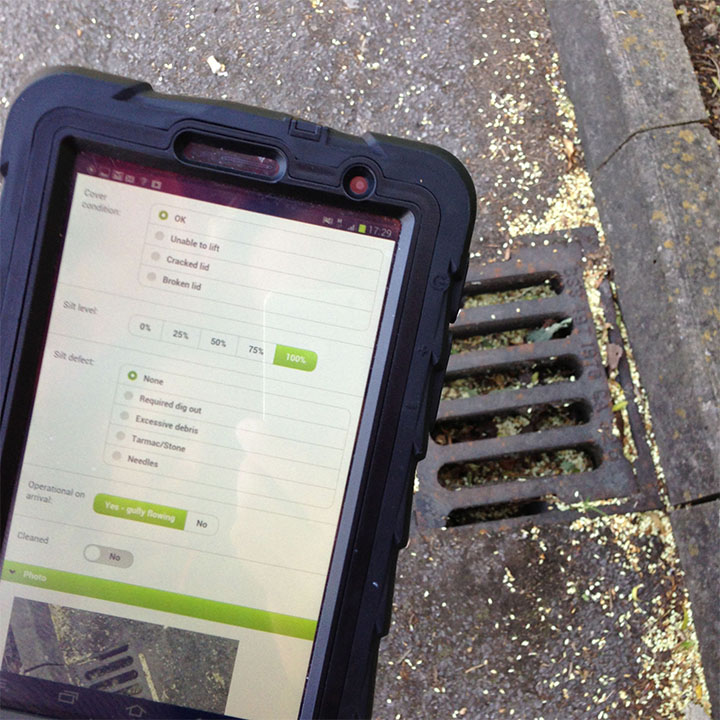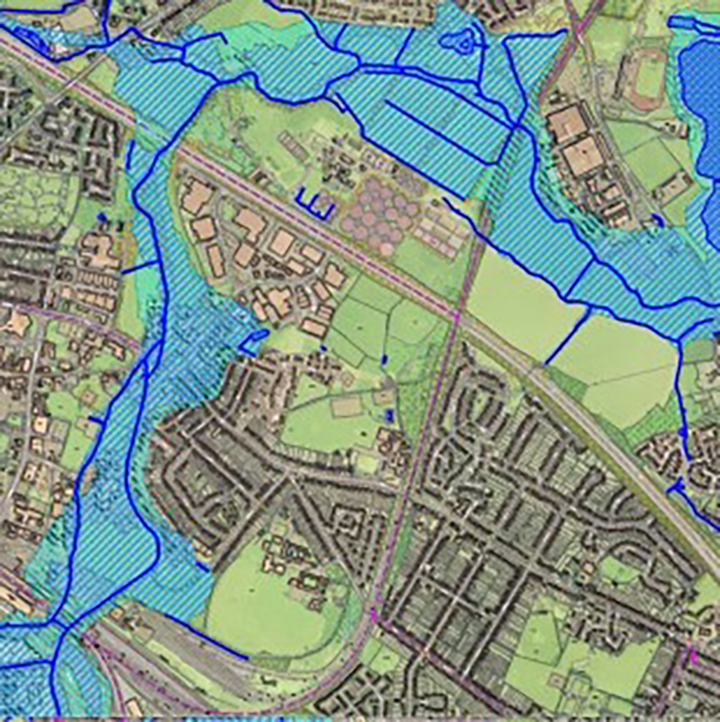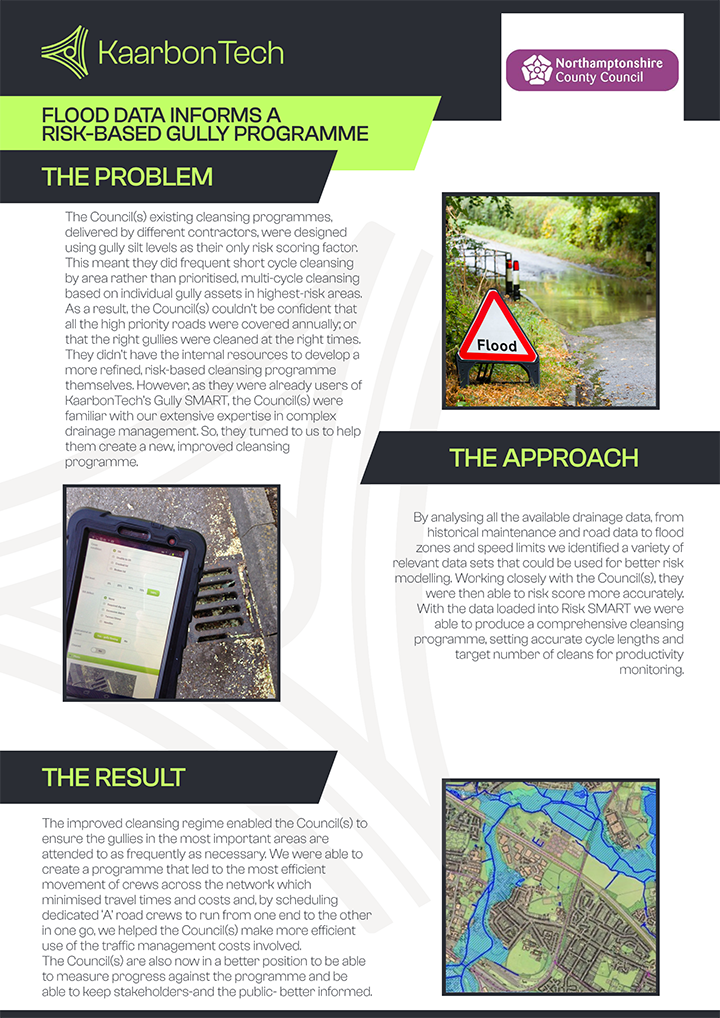Northampton Councils needed to move from reactive to proactive cleansing to enable them to effectively manage their highway drainage.
The Council(s) existing cleansing programmes, delivered by different contractors, were designed using gully silt levels as their only risk-scoring factor. This meant they did frequent short-cycle cleansing by area rather than prioritised, multi-cycle cleansing based on individual gully assets in the highest-risk areas. As a result, the Council(s) couldn’t be confident that all the high-priority roads were covered annually; or that the right gullies were cleaned at the right times. They didn’t have the internal resources to develop a more refined, risk-based cleansing programme themselves. However, as they were already users of KaarbonTech’s Gully SMART, the Council(s) were familiar with our extensive expertise in complex drainage management. So, they turned to us to help them create a new, improved cleansing programme.

All drainage, flood and historical data was loaded into risk SMART to create a programme based on risk.
By analysing all the available drainage data, from historical maintenance and road data to flood zones and speed limits we identified a variety of relevant data sets that could be used for better risk modelling. Working closely with the Council(s), they were then able to risk score more accurately. With the data loaded into Risk SMART, we were able to produce a comprehensive cleansing programme, setting accurate cycle lengths and target number of cleans for productivity monitoring.

The risk-based approach ensures that those gullies most in need of cleansing are attended to more frequently through a new efficient programme.
The improved cleansing regime enabled the Council(s) to ensure the gullies in the most important areas are attended to as frequently as necessary. We were able to create a programme that led to the most efficient movement of crews across the network which minimised travel times and costs and, by scheduling dedicated ‘A’ road crews to run from one end to the other in one go, we helped the Council(s) make more efficient use of the traffic management costs involved. The Council(s) are also now in a better position to be able to measure progress against the programme and be able to keep stakeholders and the public better informed.

"Data analysis helped tailor an effective gully programme for the flood zones.
"
